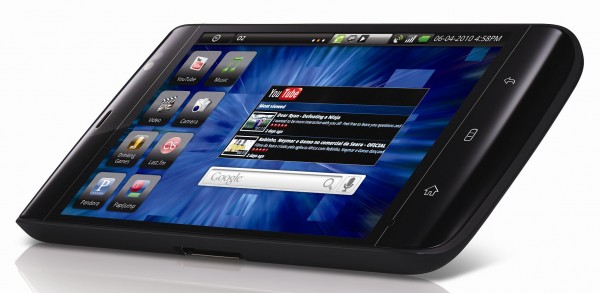I stumbled across an article in The Wall Street Journal that discusses the use of advancing technologies to improve first responder access to important patient information. Anyone that has a severe allergy or that requires special treatment for a rare or life threatening medical condition is probably aware of medical alert bracelets. Order forms for these trinkets are prevalent in pharmacies across the country. Well it seems that the idea of medical alert bracelets is starting to take on a more technologically advanced edge like everything else in healthcare these days.
One of the things that caught my eye in the article was the mention of a program called Invisible Bracelet (iB) that utilizes text messaging to retrieve pertinent medical information about a patient, while at the same time notifying the patient’s emergency contact(s). And since I was just talking about using text messaging as a way to improve patient compliance with medications I thought it was worth a closer look.
“The program, a partnership between Docvia LLC of Tulsa, Okla., and the American Ambulance Association, a trade association, allows members for $10 a year to upload personal medical data to a secure website and receive a personal identification number. Members get cards to place behind their driver’s license, key fobs and stickers that can be put on, say, a bike helmet that show their identification number and the website address.
The program is currently available in a dozen markets and is expected to expand. Docvia trains ambulance medics to use the system. The website also allows medics to automatically generate text or email messages to designated family members notifying them where the patient is being taken by ambulance.â€
Neat concept.
